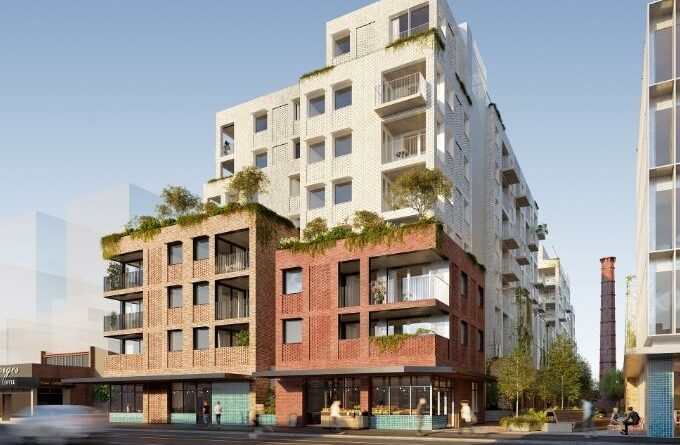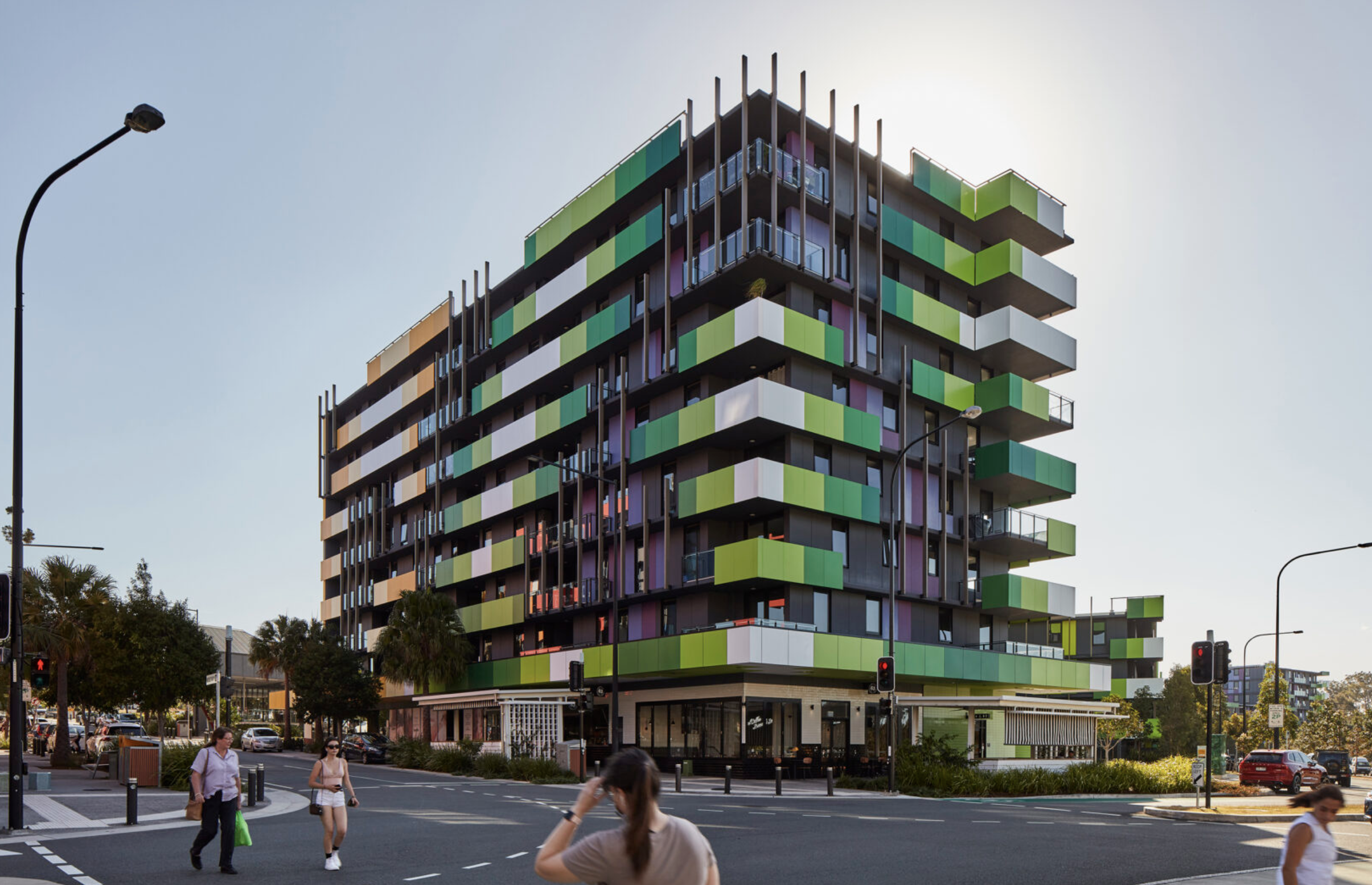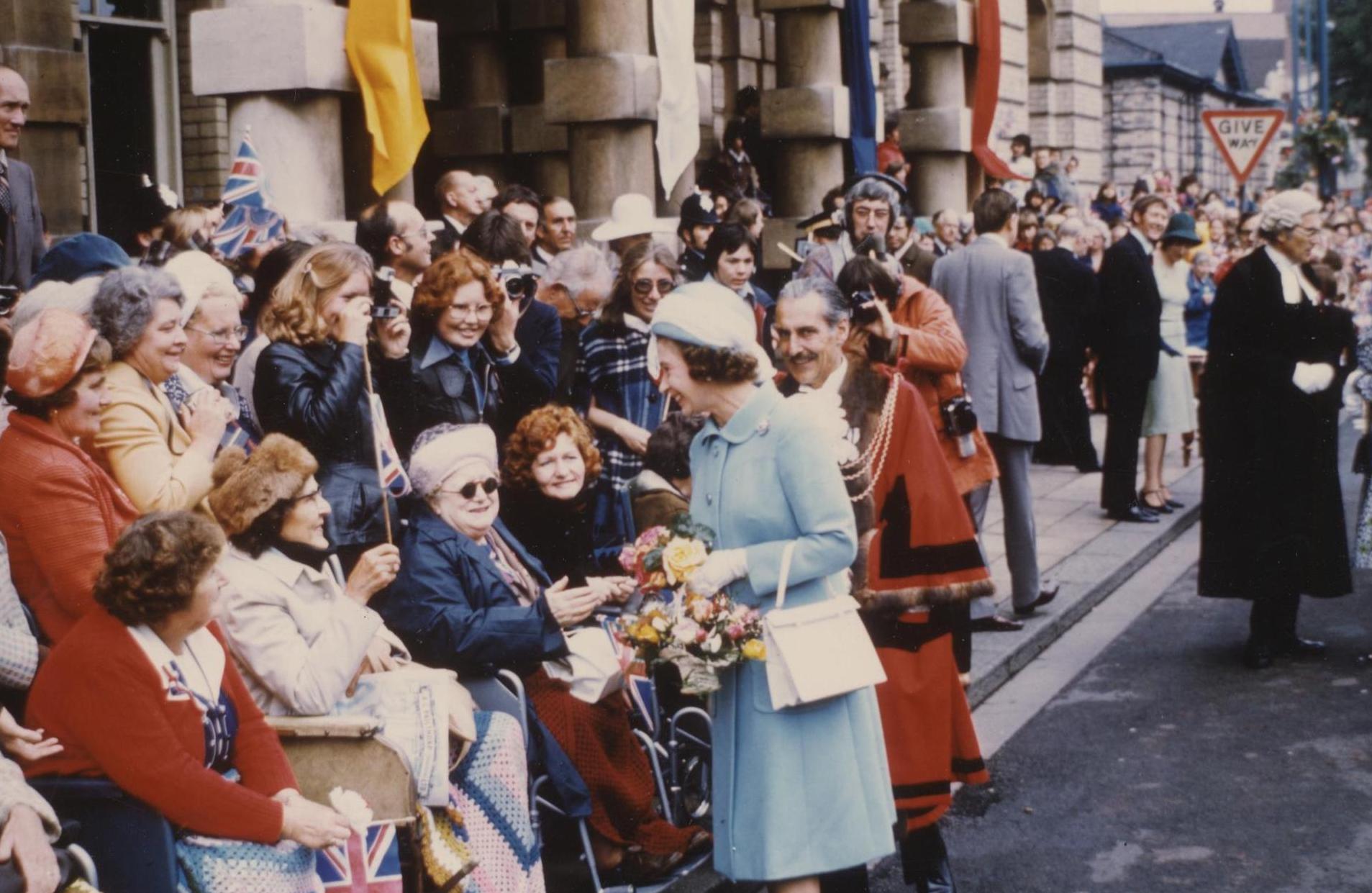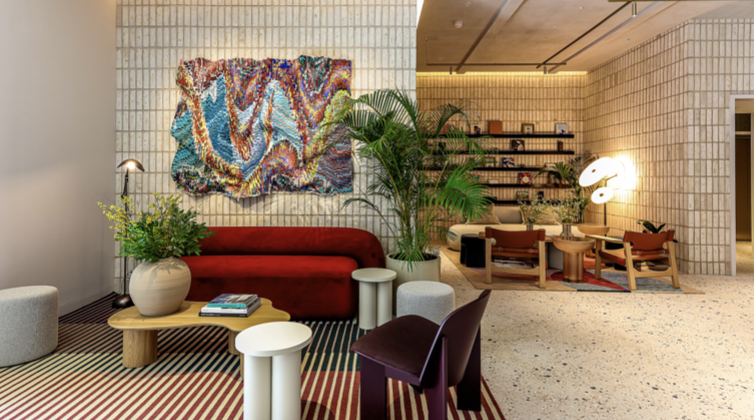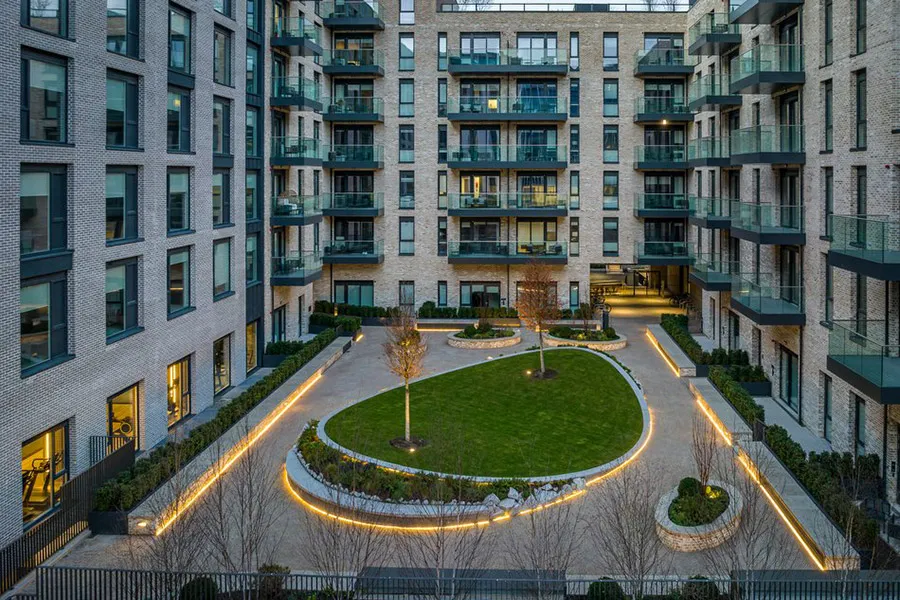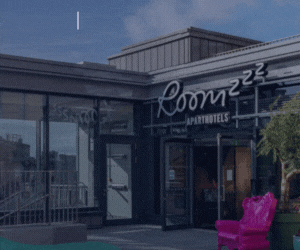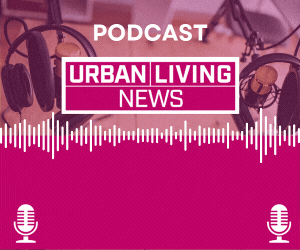Australia: Fund manager AustralianSuper is funding a $920 million development of 1092 build-to-rent-to-own units in Melbourne, through the Assemble Futures platform in which it holds a 25 per cent stake.
The country’s largest super fund is investing more than $364 million, or 90 per cent of the required $405.3 million in equity, to acquire and develop the three sites across the inner-ring suburbs of Brunswick, Coburg and Footscray.
Make Ventures, the investment company headed by Assemble managing director Kris Daff, will invest the remaining 10 per cent and an undisclosed commercial bank debt will fund the rest of the budget.
Under the build-to-rent-to-own model pioneered by Assemble – which required changes to the state’s Sale of Land Act – residents can purchase their property after renting it for five years, and at a price agreed at the time of completion of the building.
It will give AustralianSuper a revenue stream from rental payments as well as a lump-sum payment when the units are purchased the units.
“AustralianSuper is helping to provide more Australians with an important pathway to home ownership while delivering on our purpose to help members to achieve their best financial position in retirement,” said AustralianSuper head of property Bevan Towning. “We are delighted to have committed to a strong pipeline of future developments which will not only benefit residents but help us to deliver on our purpose for members.”
The $274 billion AustralianSuper fund made its first BTR investment in 2020 when it invested in Assemble’s 199-unit at 15 Thompson Street in inner-north-western Melbourne’s Kensington.
It subsequently invested in Assemble’s 173-unit project at 4 Ballarat Street in Brunswick. Work on both projects has started, and they are due to be completed next year.
Daff said that institutional funding has not reached a tipping point at which it was playing a major role in housing development, but that would happen over the next decade: “Clearly the signals are that it’s got the potential to emerge but if you look at what BTR groups are doing as a proportion of the total housing requirement or the total housing being delivered, it’s still really a drop in the ocean. But there’s greater potential than there has ever been for it to really emerge at significant scale over the next five to 10 years.”











